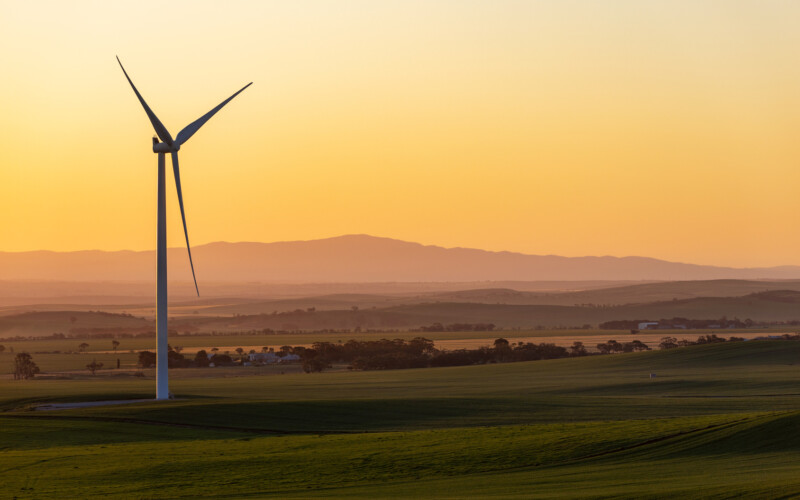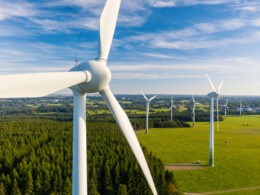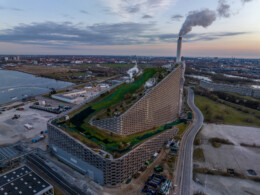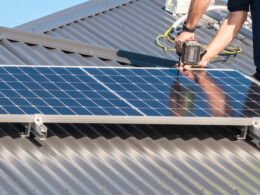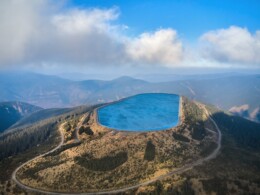There’s a fresh breeze sweeping through the rolling hills of Oberon, but not everyone is feeling the same way about it.
The conversation around wind energy has landed squarely in this quiet, picture-perfect part of the Central Tablelands, with proposed wind farms stirring up strong views—both for and against. At the heart of it is a community grappling with how to balance its values, lifestyle, and identity with the broader push towards renewable energy.
In recent weeks, that conversation has come to a head. On 20 March, locals packed into the Oberon RSL for a community meeting led by the group Oberon Against Wind Towers (OAWT). The message from the floor was clear: people are worried. Some fear the towering turbines will disrupt the area’s natural beauty, others are concerned about noise, property values, or the impact on wildlife and heritage. Above all, there’s a strong feeling that the community needs more say in what happens next.
“It’s time for our community to stand up and be counted,” read one of OAWT’s posts promoting the meeting. And stand up they did.
One of the key concerns raised involves O’Connell’s Anzac Avenue of Trees—a site of deep local significance. OAWT Chair Robert Snotch presented a heritage report to Oberon Council in May last year, pushing for an Interim Heritage Order. The worry is that transporting the massive turbine components could require changes to this much-loved avenue, something many in the community would see as a step too far.
On the other side of the fence are developers like TagEnergy and Stromlo Energy, who are behind projects such as The Pines Wind Farm. Their proposal outlines around 250 turbines and promises to feed into the existing transmission network, helping Australia meet its renewable energy targets.
The developers say they’re listening. Community consultation sessions have begun, and they’re keen to talk about the positives: cleaner energy, new jobs, investment in the local economy, and long-term community partnerships. Their message? This isn’t just about powering cities—it’s about creating regional opportunities too.
But bridging the gap between vision and reality is no small task.
Oberon’s reaction isn’t unique. Across regional Australia, communities are being asked to carry the weight of the renewable energy transition—hosting wind farms, solar arrays, and transmission corridors that power homes hundreds of kilometres away. For some, it feels like sacrifice without reward.
Both State and Federal MPs for the region have indicated their opposition, but not all in the community feel the same, the challenge is to have a balanced debate and truly understand the wishes of the community.
That’s why trust and transparency are so important right now. The people of Oberon aren’t saying no to renewables—they’re asking questions. They want proper answers, genuine engagement, and assurances that their home, their views, and their history won’t be bulldozed in the name of progress.
So where does this leave the conversation?
Somewhere in the middle, probably. There’s no denying the urgency of the climate crisis, nor the need to shift our energy systems. But there’s also no shortcut around community. If the transition is going to work, it needs to be built with people, not just around them.
Oberon may well become a case study in how that balance is struck. The turbines haven’t gone up yet, and there’s still time for genuine dialogue. What’s clear is that any future powered by the wind must also carry the voices of the people beneath it.





